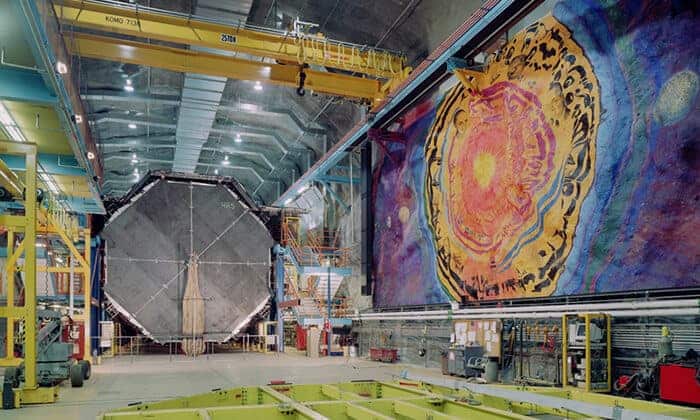Physicists have hypothesized the existence of fundamental particles called sterile neutrinos for decades and a couple of experiments have even caught possible hints of them.
However, according to new results from two major international consortia, the chances that these indications were right and that these particles actually exist are now much slimmer.
In the 1990s, particle physicists at Los Alamos National Laboratory noticed something puzzling in one of their experiments. Their results disagreed with other experiments that discovered neutrino oscillations—the surprising ability of neutrinos to morph from one flavor to another—and ultimately led to last year’s Nobel Prize for physics. An experiment at Fermi National Accelerator Laboratory (Fermilab) that was designed to confirm or refute the results from Los Alamos only added to the mystery by producing mixed results.
To resolve the disagreement, theorists proposed the existence of an as-yet-undiscovered fundamental particle—a sterile neutrino. Physicists speculated that the hypothesized particles might hold a key to better understanding of the evolution of the universe and why it is mostly made of matter and not antimatter.
Based on the Los Alamos and Fermilab results, scientists predicted a range of possible physical properties, such as mass, that sterile neutrinos could have. Several large research projects have been hunting for the elusive particles within that range.
Now in this latest study, by combining results from a different experiment at Fermilab, called the Main Injector Neutrino Oscillation Search (MINOS), and another in China, called the Daya Bay Reactor Neutrino Experiment, scientists have ruled out a large portion of the range of possible properties the hypothesized particles were predicted to be hiding in.

